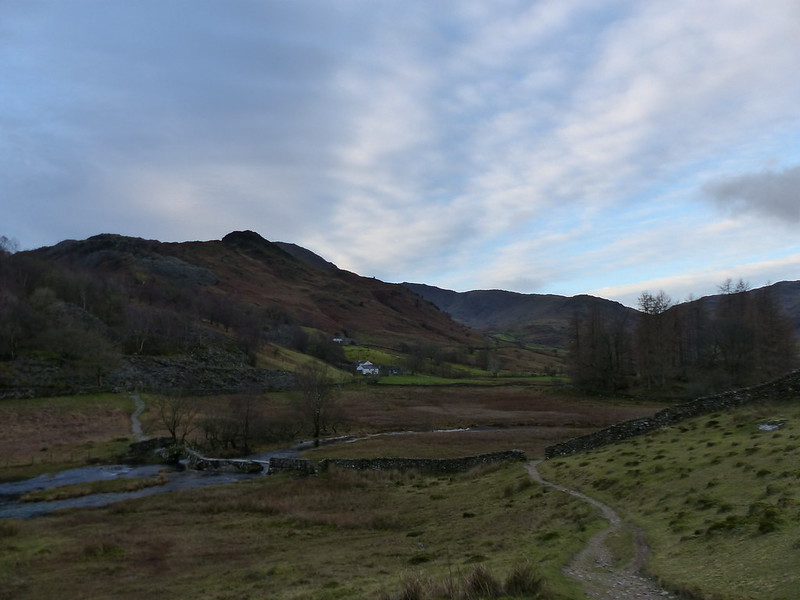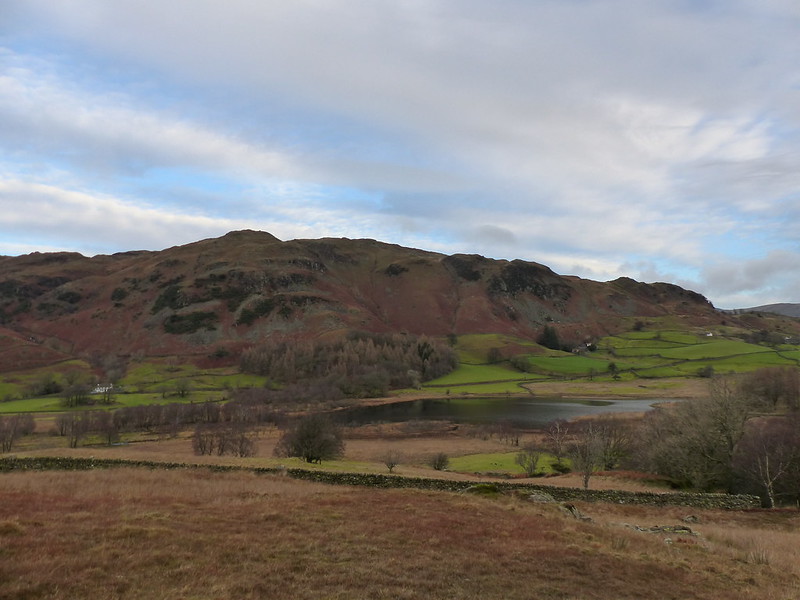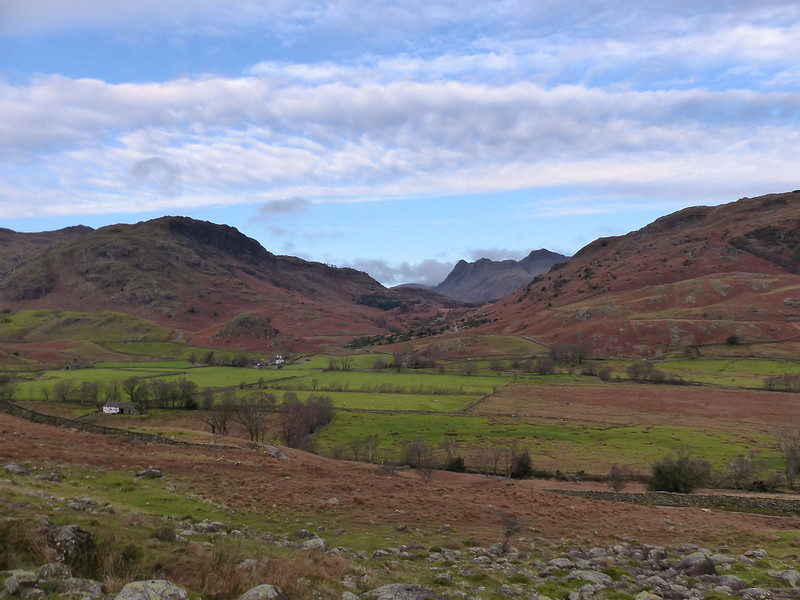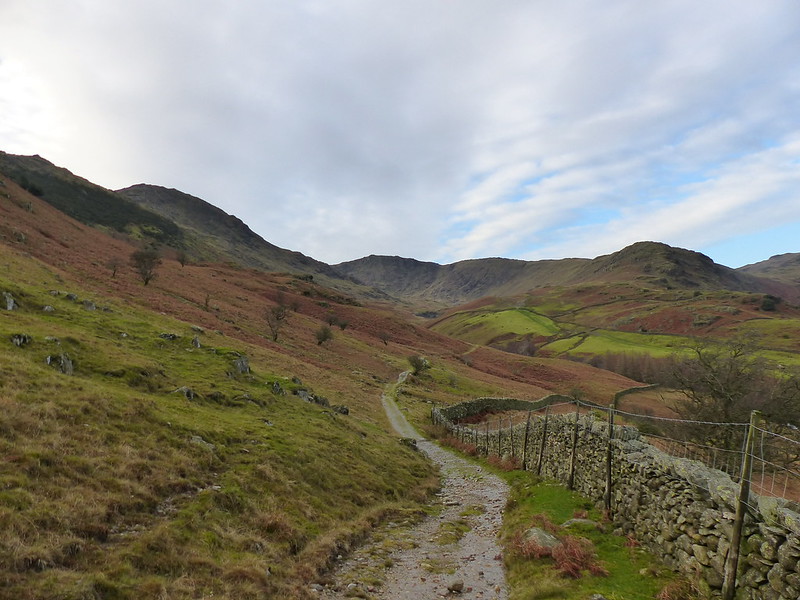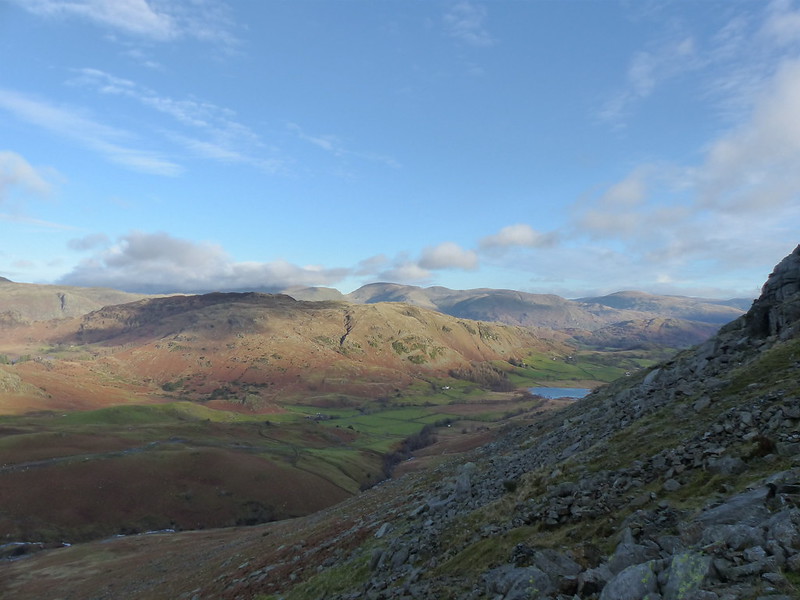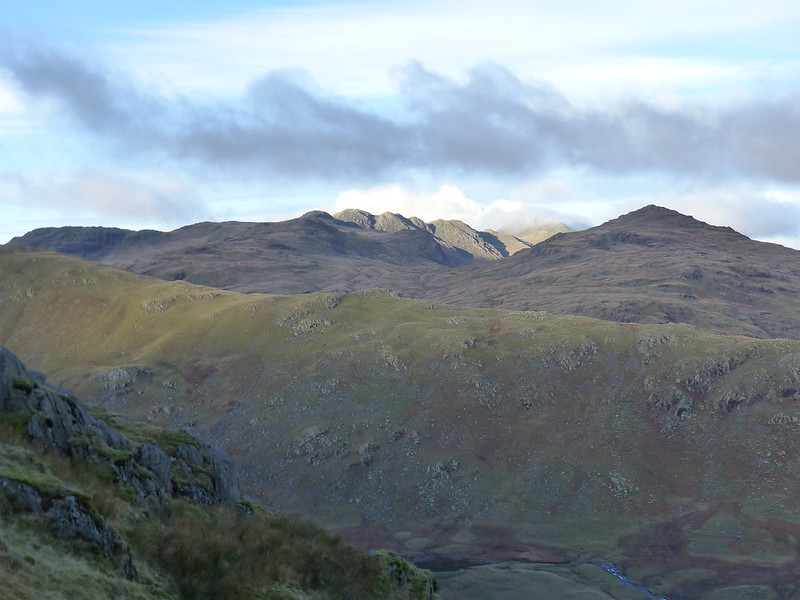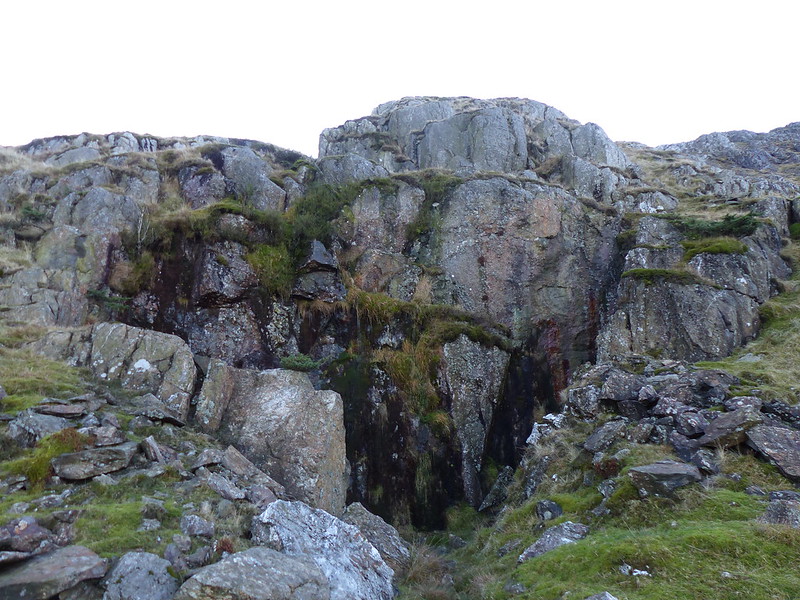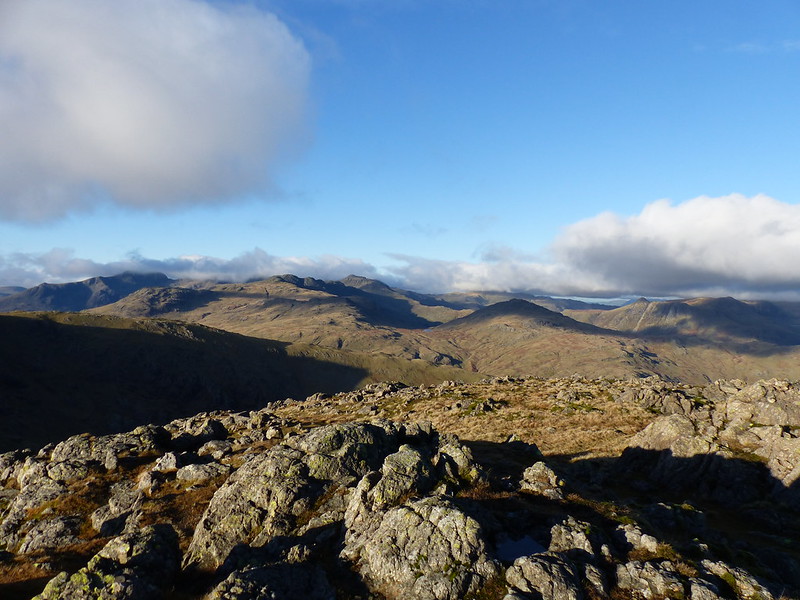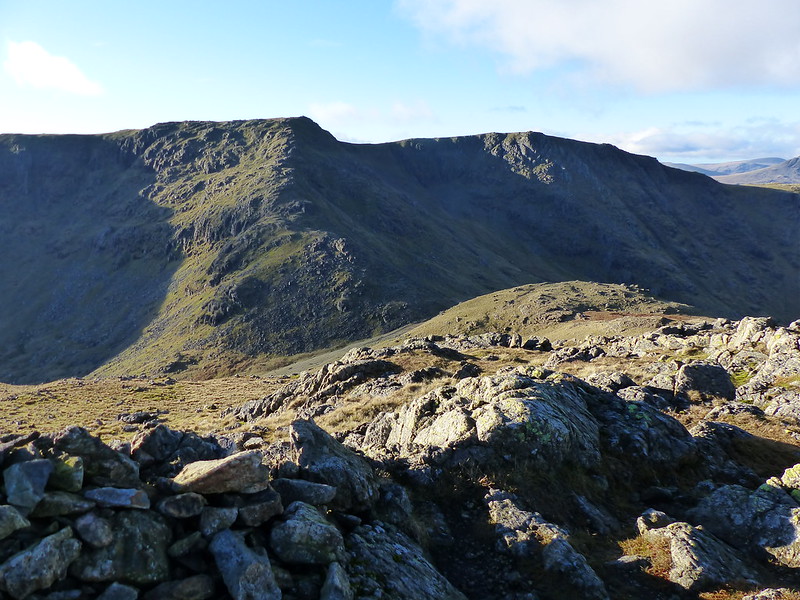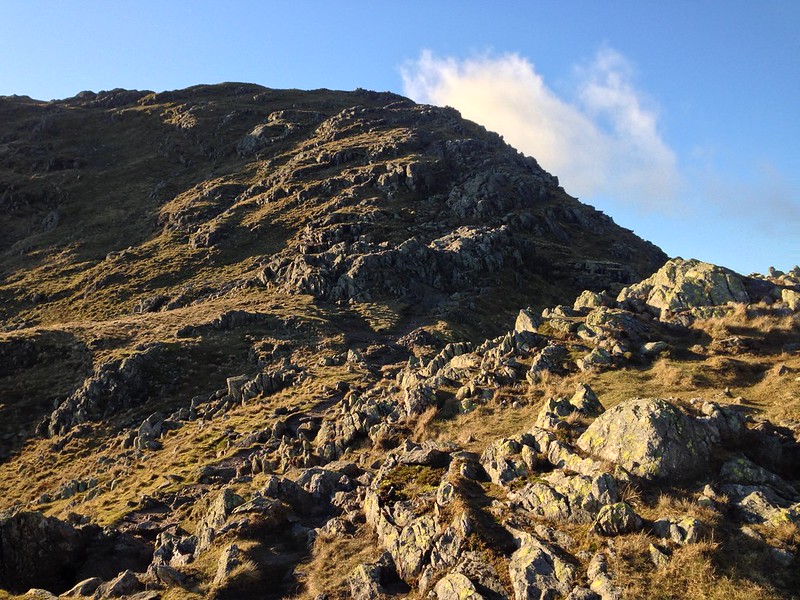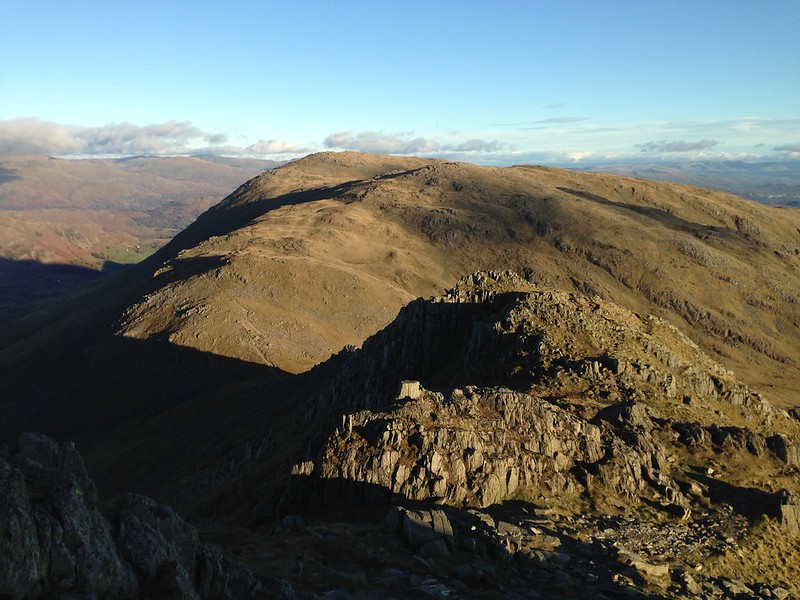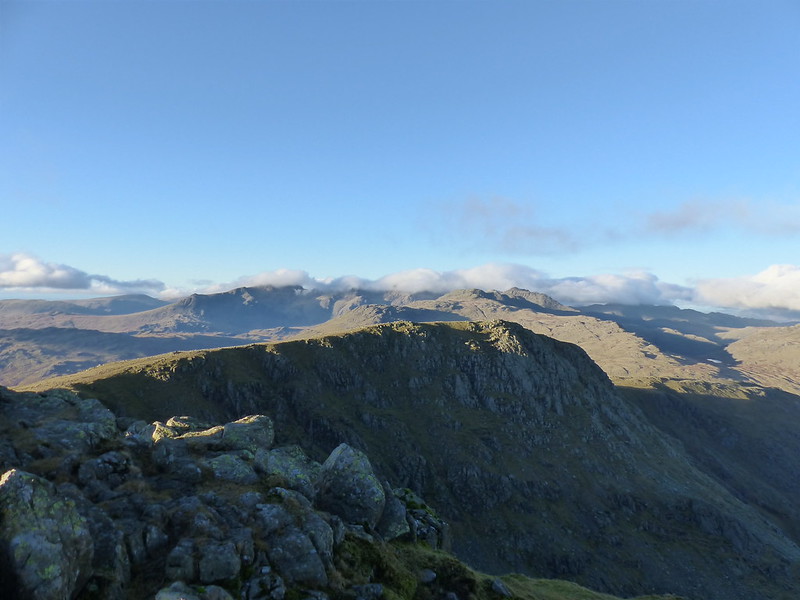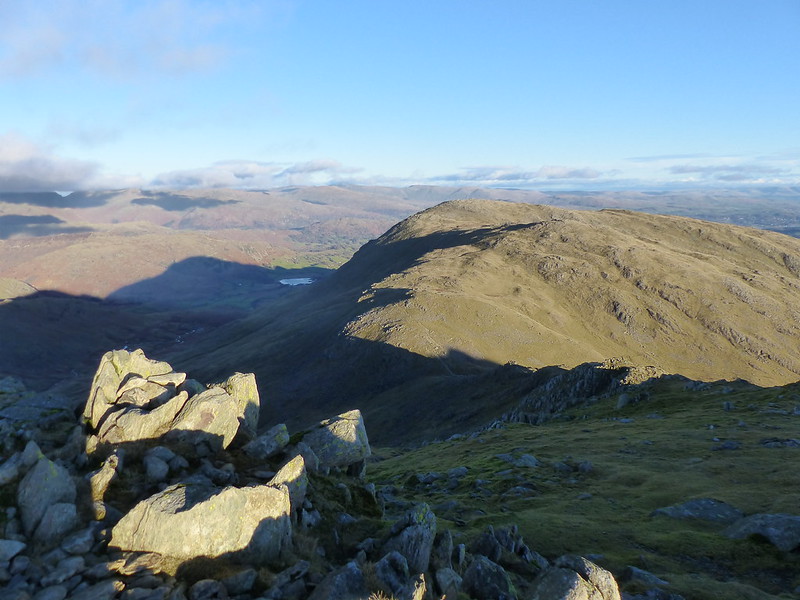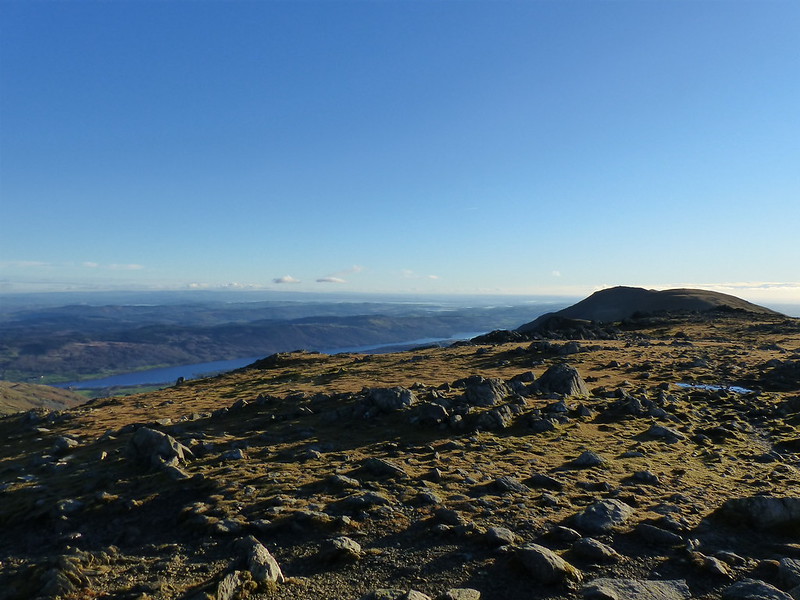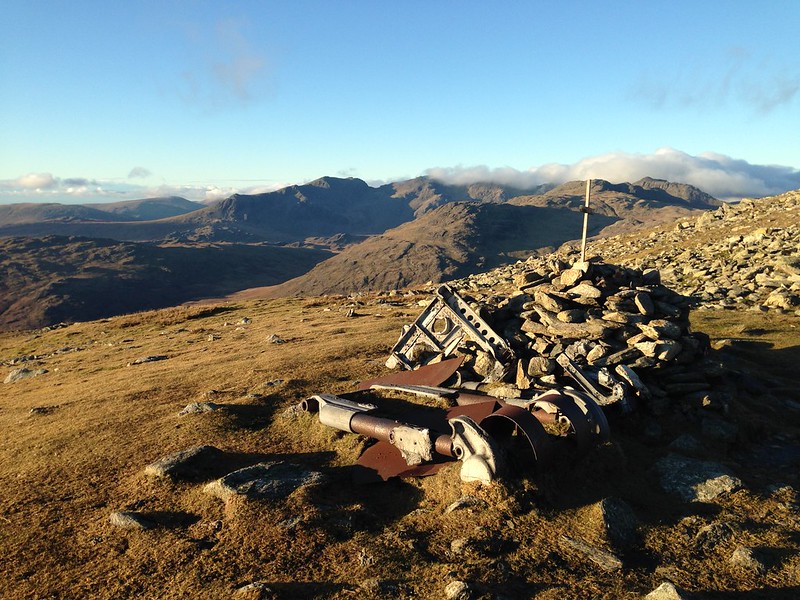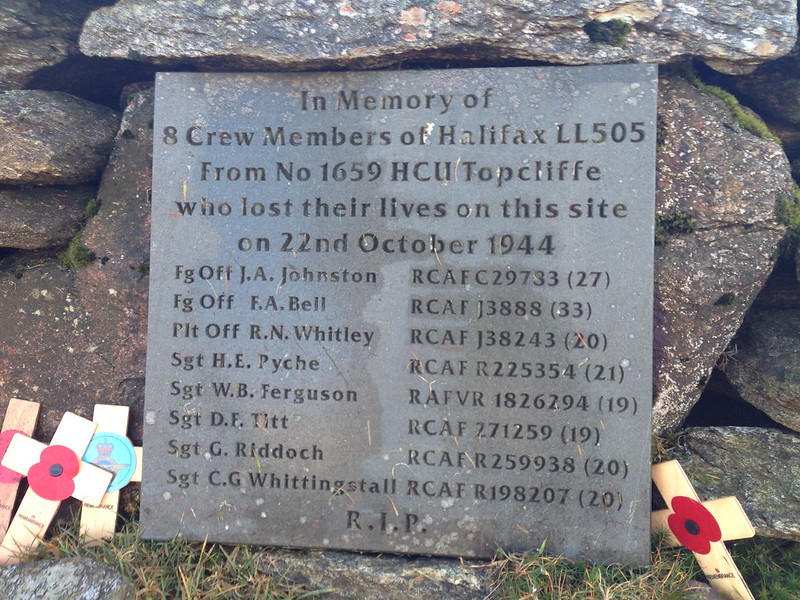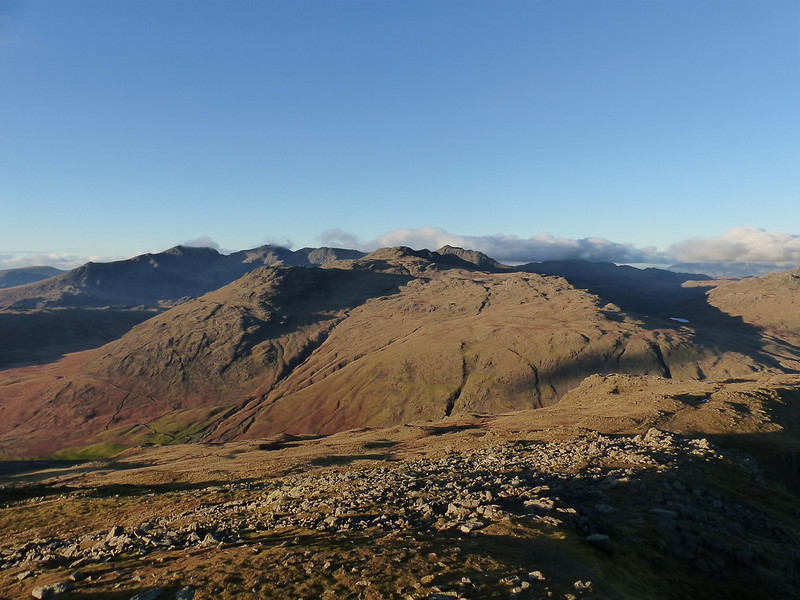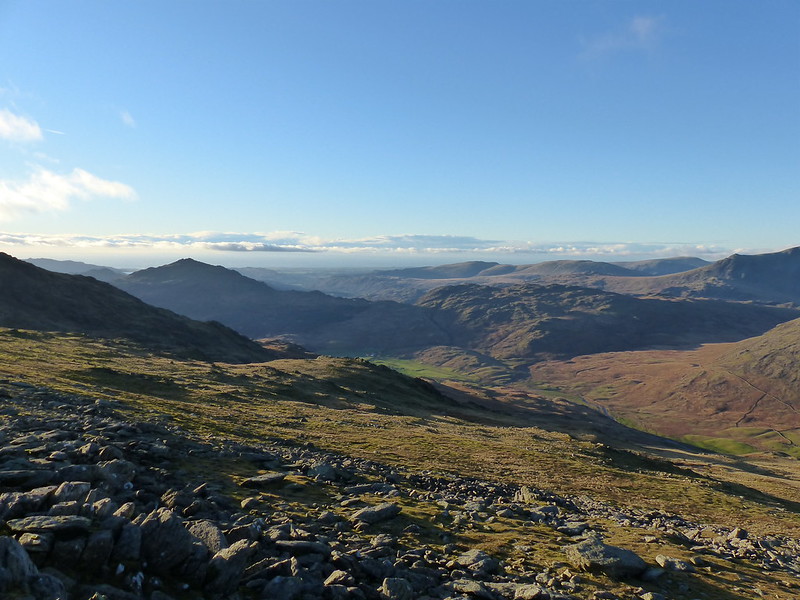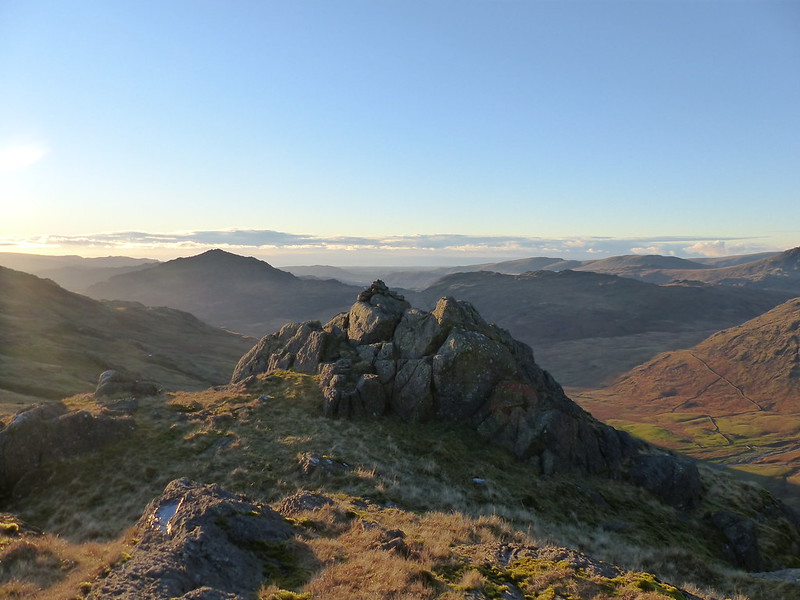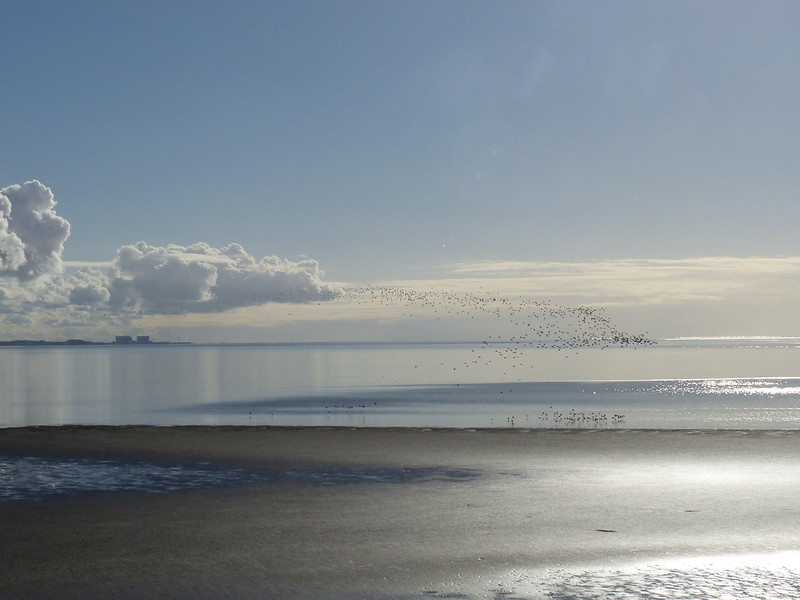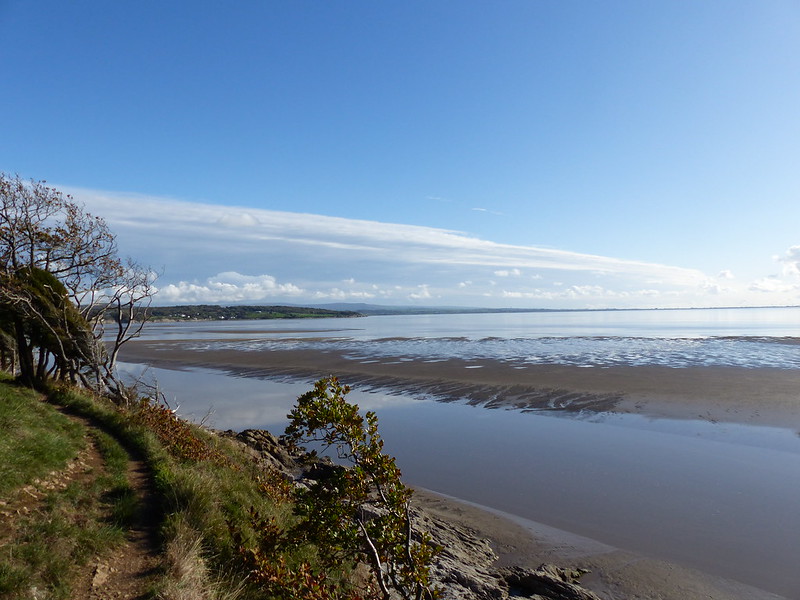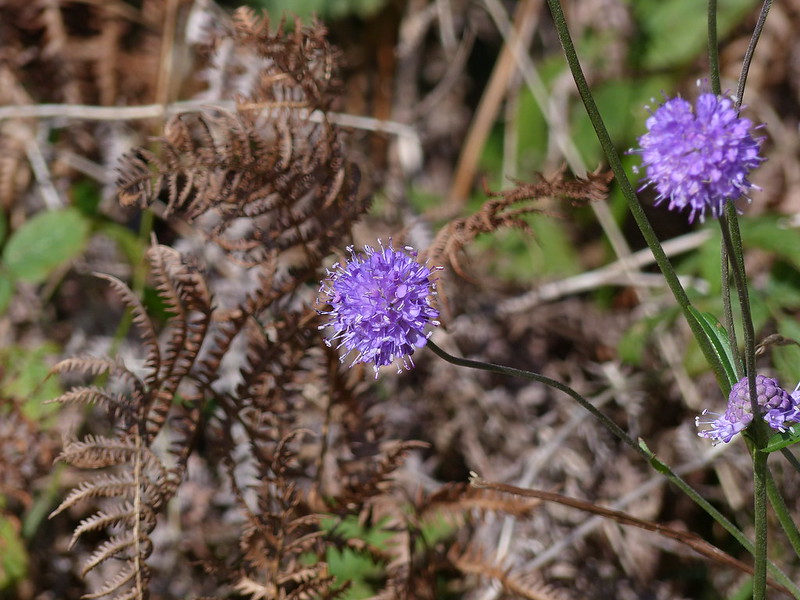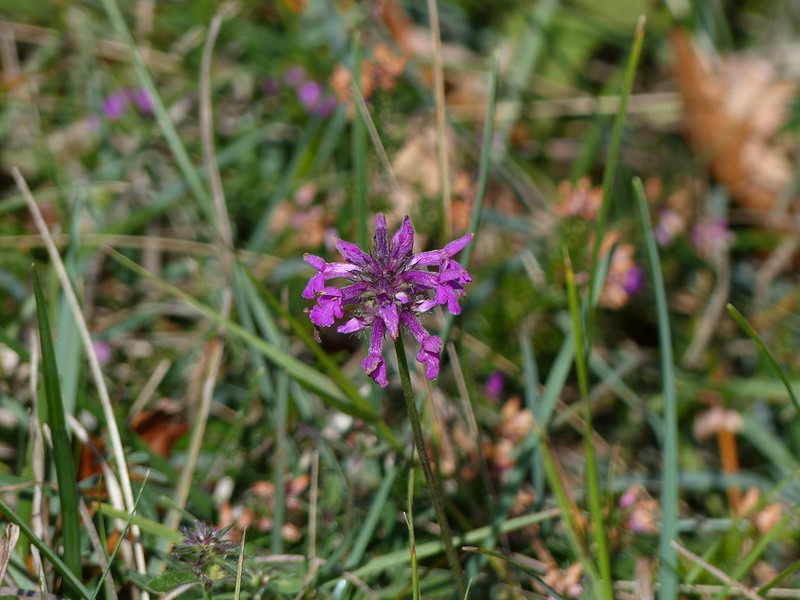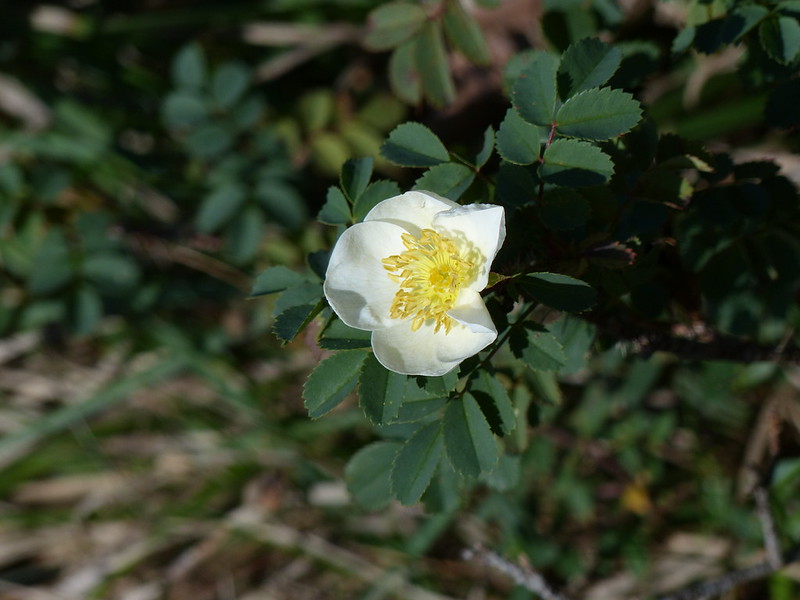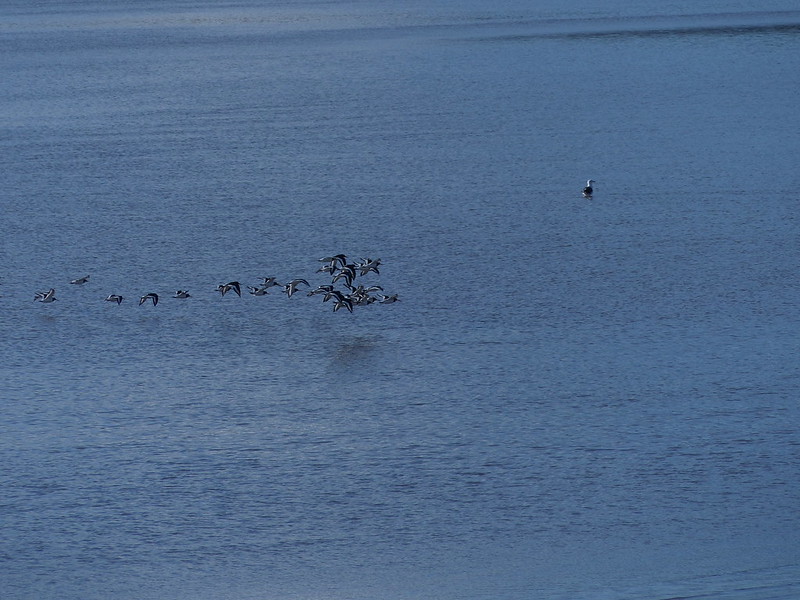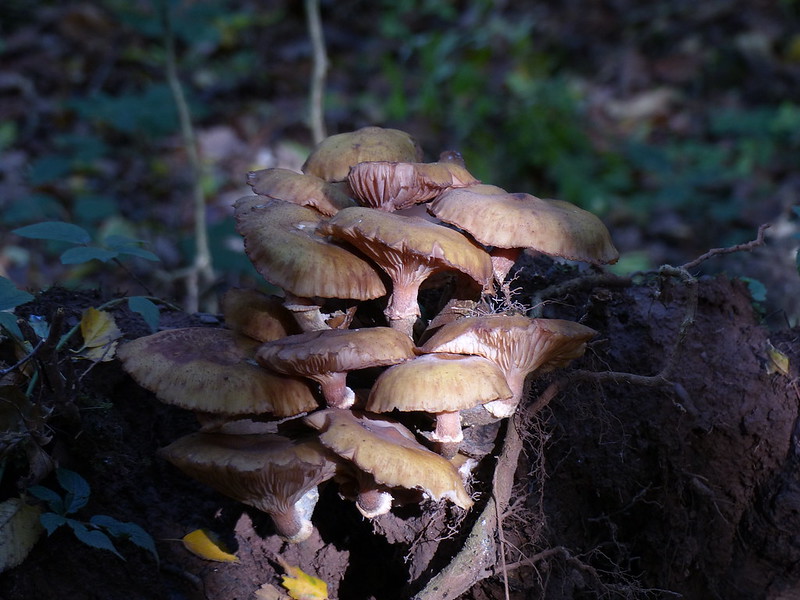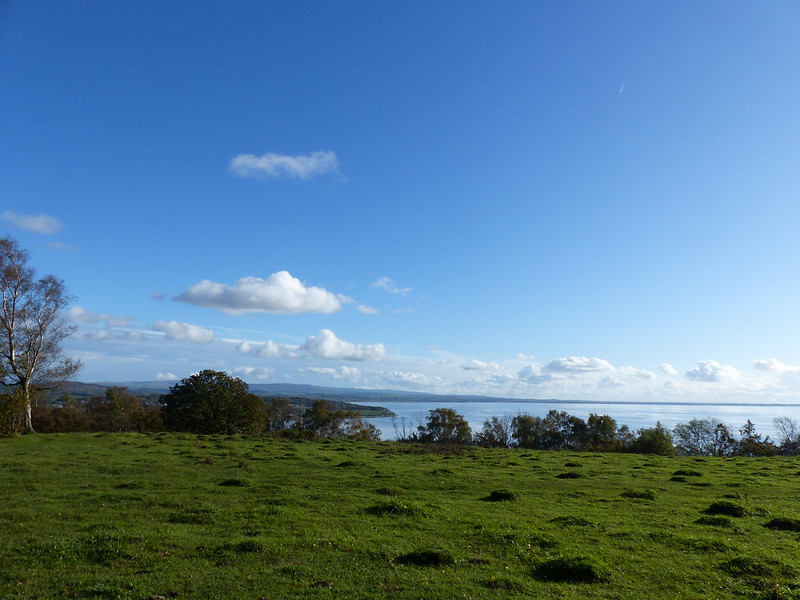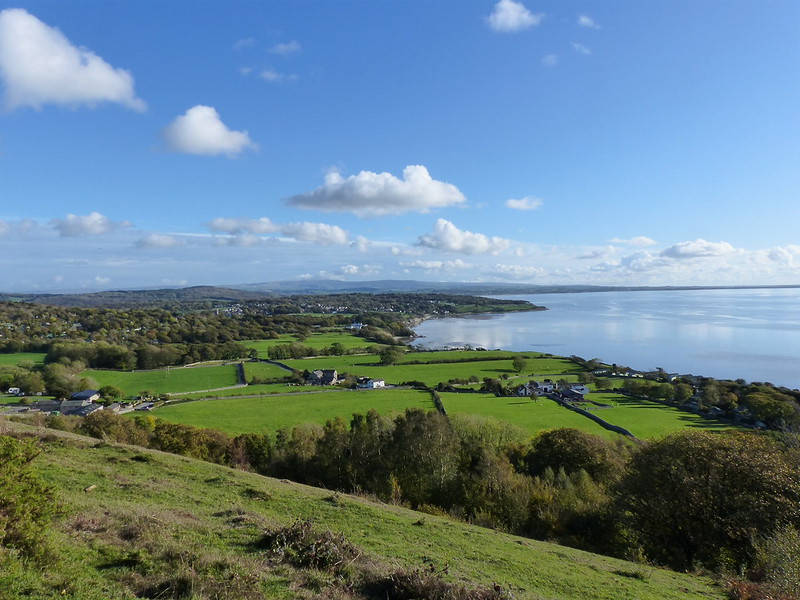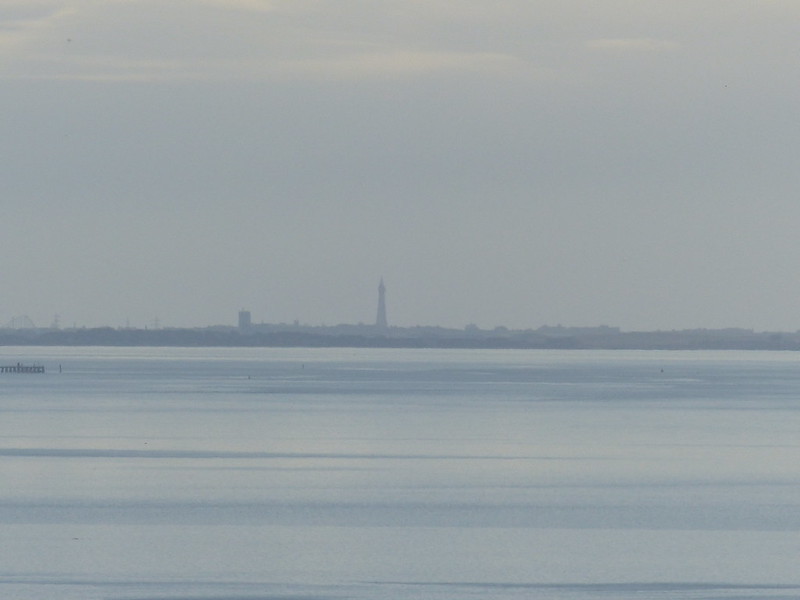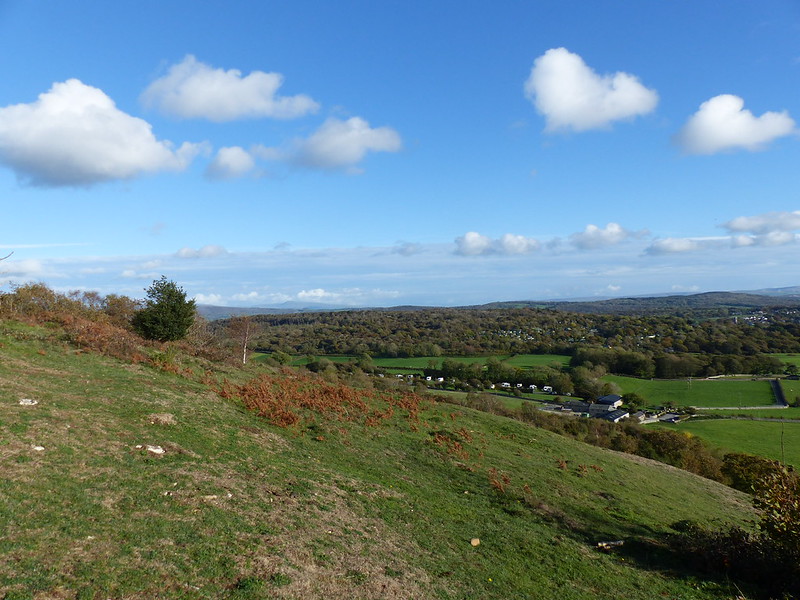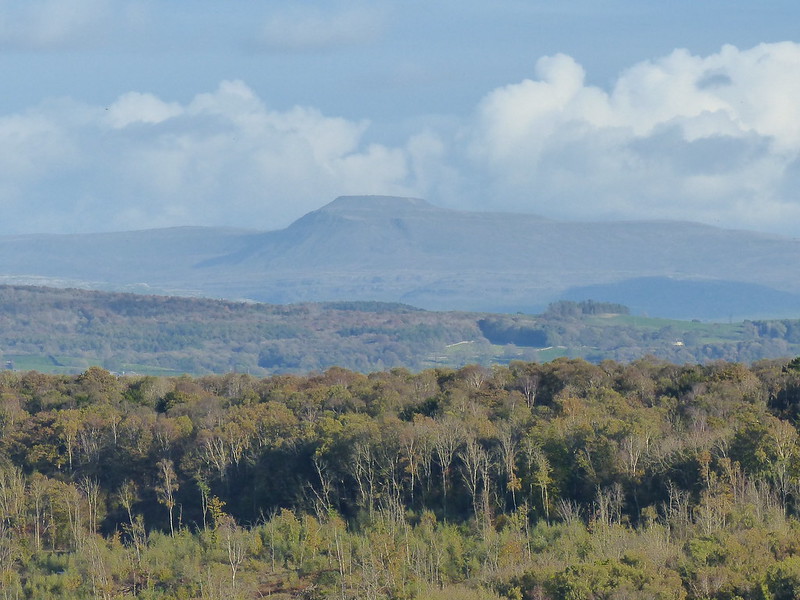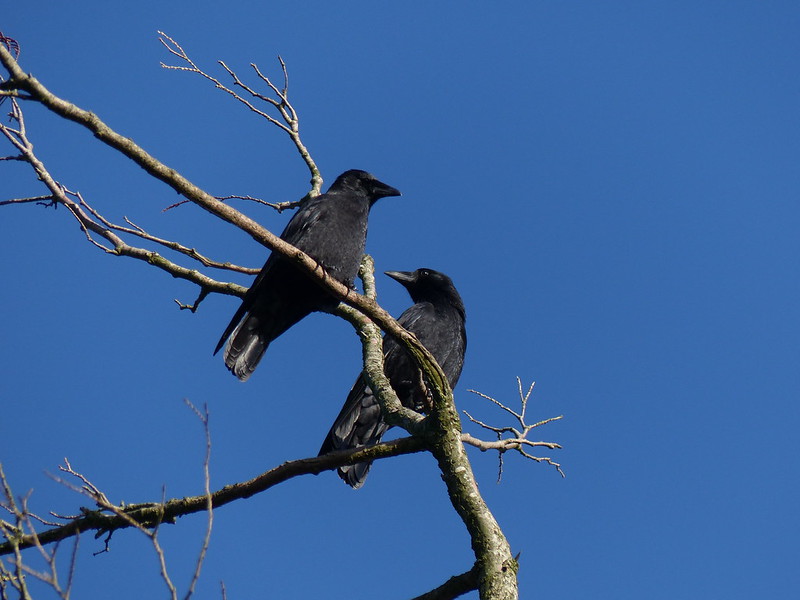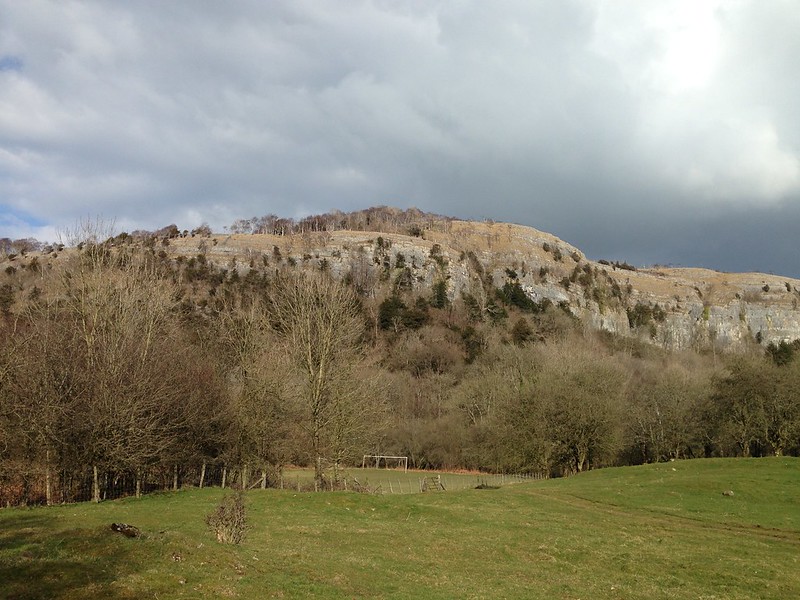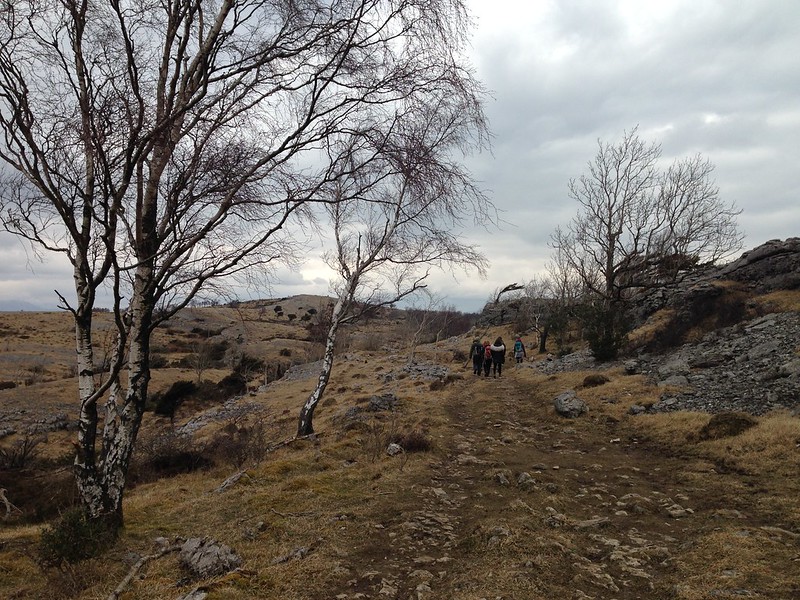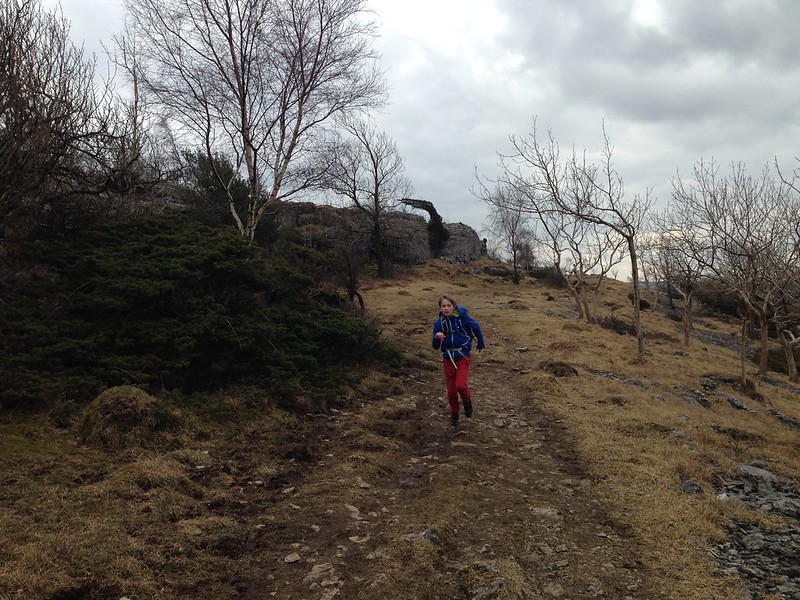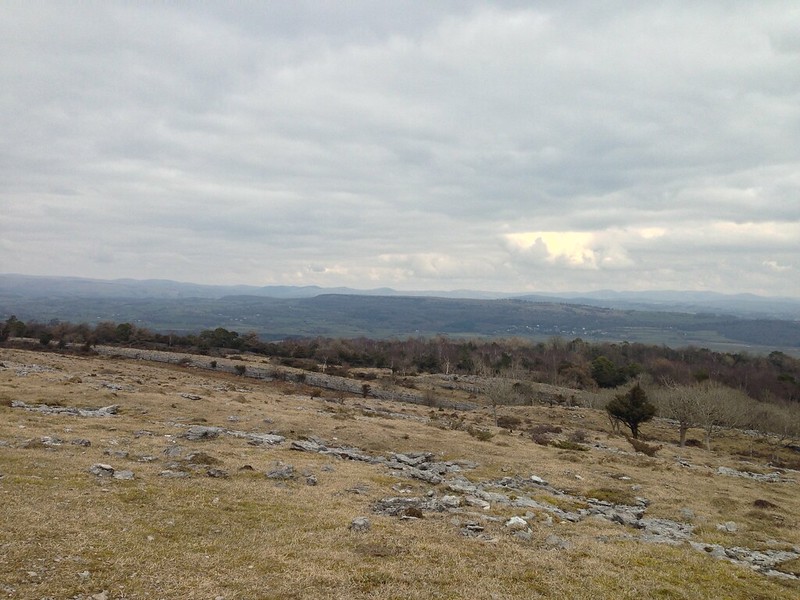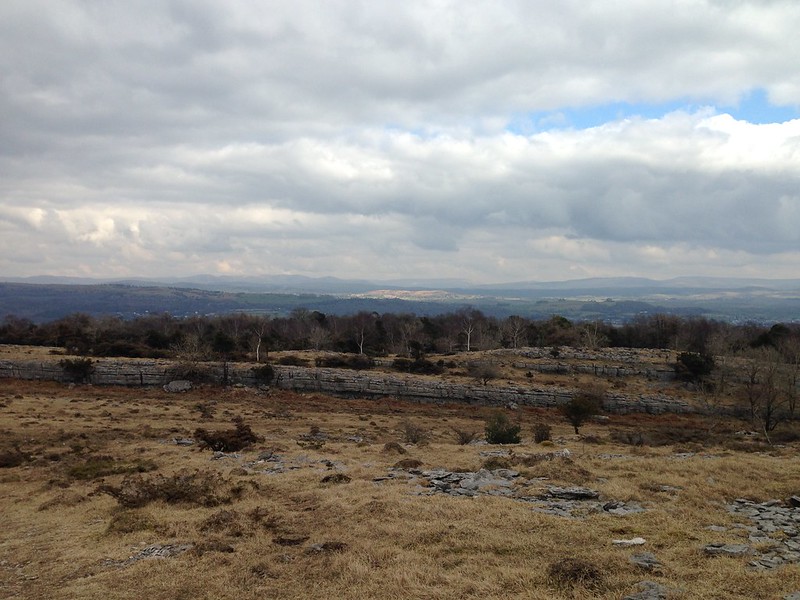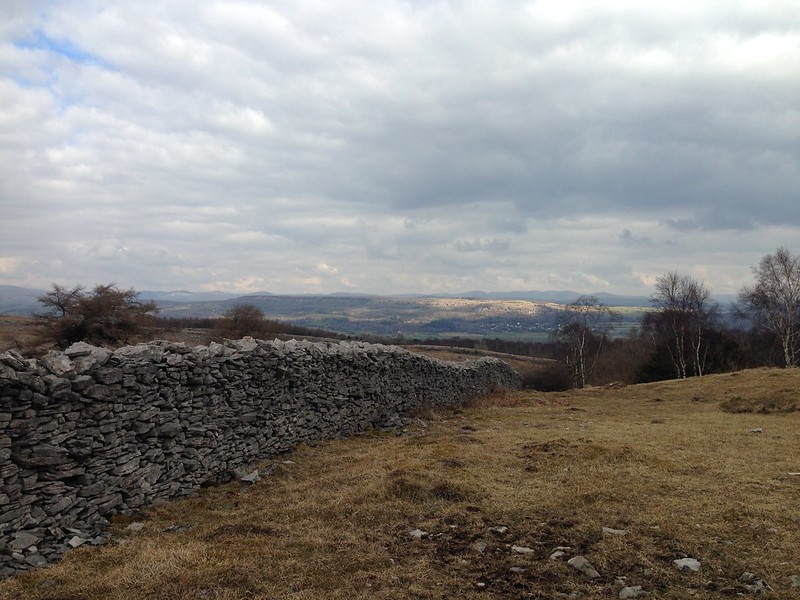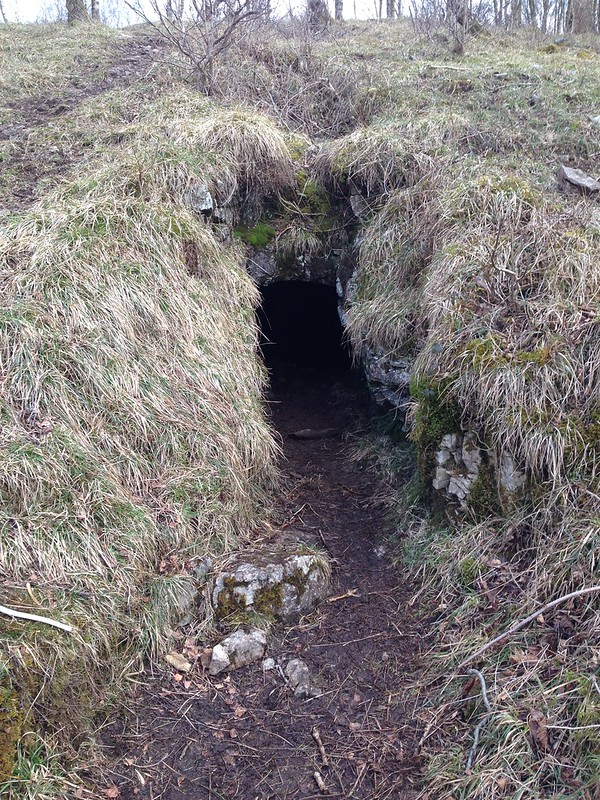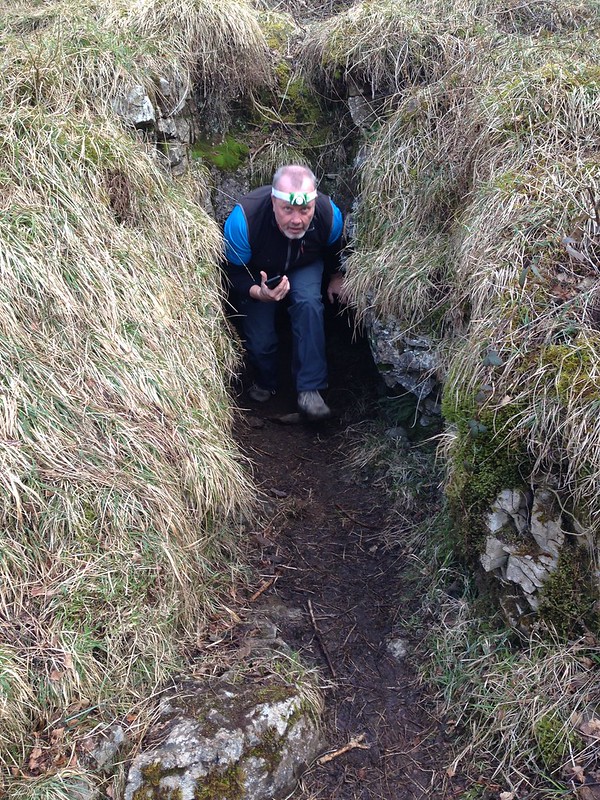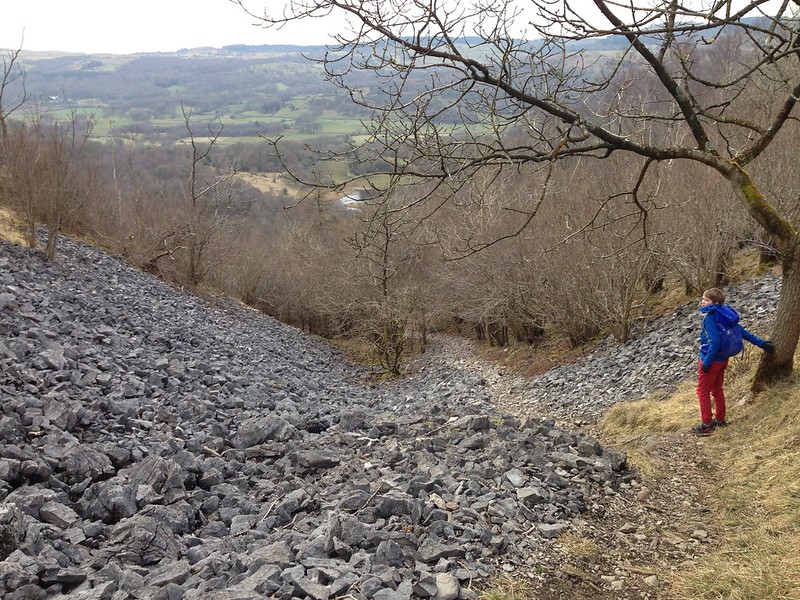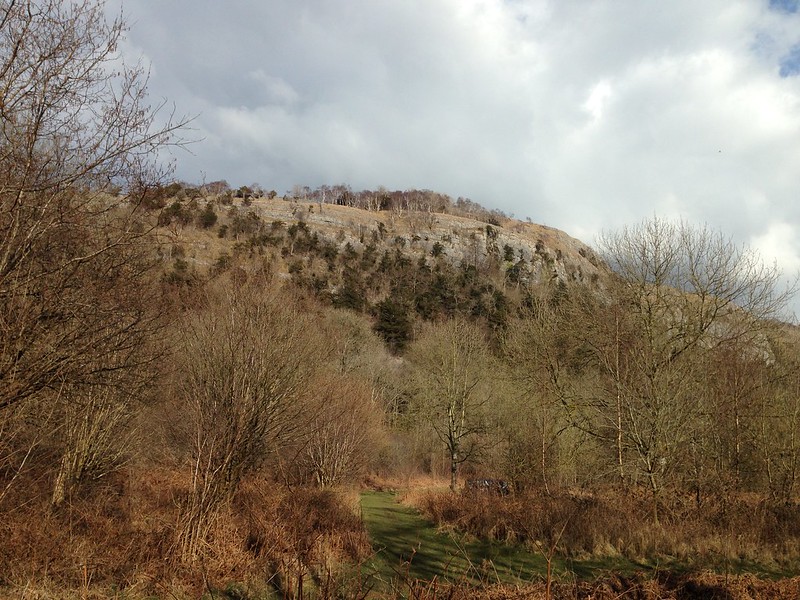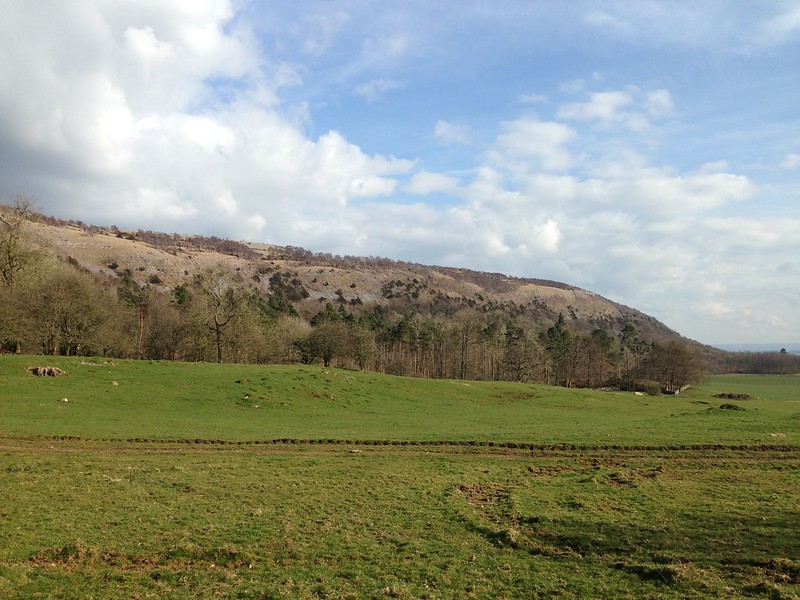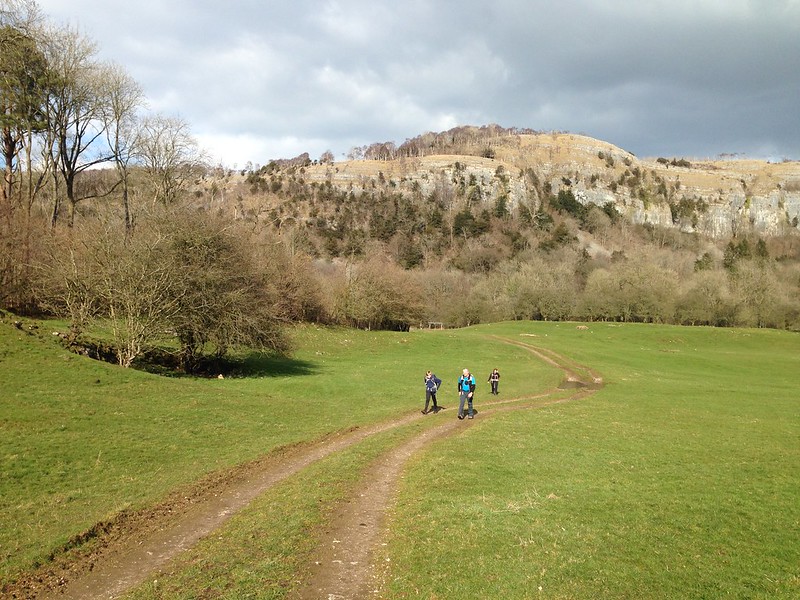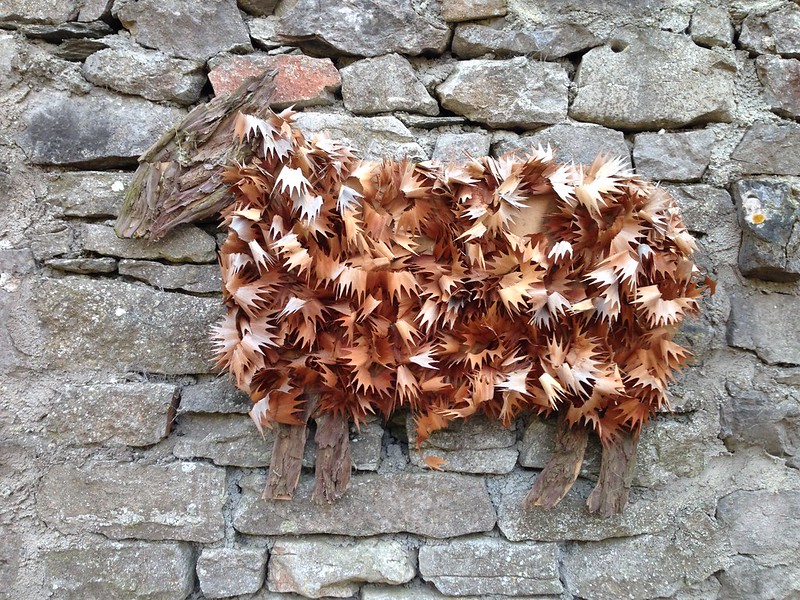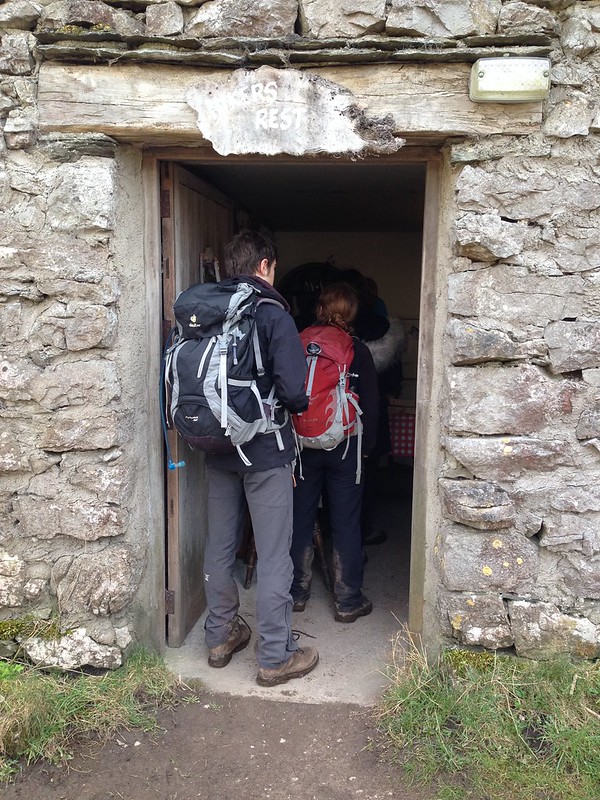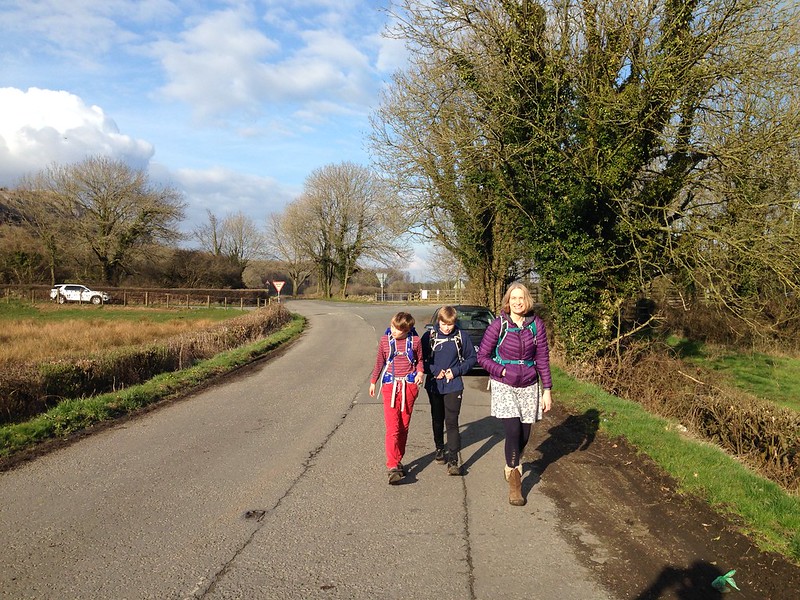Slater Bridge and the River Brathay.
Every year I get the first Monday in December off work. I used to think that this was a rotten idea: give me a day in May or June over one when the days are short and the weather likely to be poor, I thought. But now I know better. Last year I had a terrific walk around home, with the icing on the cake being a close encounter with one of our local otters; the year before a tarn bagging day above Grasmere.
Little Langdale Tarn with Lingmoor Fell behind.
Langdale Pikes peeking through the gap.
Heading towards Greenburn.
This year, my plan was a simple one – park at Little Langdale, head up Greenburn as far as the old mine-workings, climb up to Wetherlam Edge from there, seeking out the abandoned adits as I went and then a circuit of Greenburn’s ridges taking in Wetherlam, Black Sails, Swirl How, Great Carrs, Little Carrs, Hell Gill Pike, Wet Side Edge and Rough Crags.


And that’s exactly what I did. It’s a little over 10 miles, with around 2800′ of up and down. With hindsight, it’s quite an ambitious plan for a short winter day, by my standards anyway, and much tougher than what I felt I could manage two years ago for example. Although, I did finish in the dark, of which more later.
Greenburn.
As I walked up the valley, the early cloud was clearing rapidly, although I still didn’t have the promised sunshine.
Greenburn Mine.
From the mine I took a very direct, and steep, line of ascent following a route up the hillside which I don’t think was a path exactly, but must have been a grassed over feature dating back to the days of the mines.
Lingmoor Fell, Little Langdale, Fairfield behind.
I was still in the shade, but the expanding views gave me plenty of excuses to stop and take stock.
Wet Side Edge, Crinkle Crags, Pike of Blisco, Bowfell shrouded in cloud.
I passed three adits, the Pave York Levels. This…
…is the most imposing entrance of the three, the top level.
Copper Oxide was extracted here in the past. If you’re interested, it’s not hard to find photos from inside these mines online. The whole Greenburn Mine area is a scheduled ancient monument. The listing is here. Sometime I shall have another poke about in this area and seek out the Long Crag Levels too, which extend quite close to the summit of Wetherlam.
Looking down Wetherlam Edge to Birk Fell Man.
From Wetherlam: Scafell, Crinkle Crags, Bowfell, Pike of Blisco.
Swirl How and Great Carrs from Wetherlam.
Although there was now quite a cold wind blowing, the sun was shining too. I hunkered down behind some slabs, which I can pick out on the photo above, and broke out the stove to make a brew. Out of the wind, the sun was really quite warm and I sat comfortably for perhaps 40 minutes just enjoying the situation.
Looking south-east to Windermere.
Eventually I moved on and climbed Black Sails.
The main path bypasses Black Sails and, whilst I’ve been up Wetherlam many times over the years, I don’t think I’ve ever bothered with Black Sails before. My loss, and one up for Bill Birkett and his hill-list, this was one well worth making a detour for.
Prison Band, Swirl How, Great Carrs.
On Prison Band.
Looking back to Black Sails and Wetherlam from Prison Band.
Great Carrs and the hills around Upper Eskdale from Swirl How.
Wetherlam and Black Sails from Swirl How.
Looking along the ridge to Coniston Old Man.
The remains of Halifax LL505.
The Scafells, Little Stand, Crinkle Crags, Bowfell, Cold Pike.
Harter Fell and Eskdale.
Harter Fell from Hell Gill Pike.
The sun was dropping rapidly towards the Irish sea and giving the hills a lovely alpenglow. Which was great, except I still had a fair way to go.
In the event, the light lasted long enough to take me down Wet Side Edge and over Rough Crags, but I wanted to cross Greenburn Beck and didn’t really trust in the right-of-way marked on the map, since there was no accompanying actual path shown. I remembered seeing a bridge over the beck in the morning, but couldn’t recall exactly where, so I aimed off and hit the stream well above where I needed to be, then followed the beck down. That bank of the stream turned out to be slippery, wet and boggy and quite difficult to judge in the failing light. When the footbridge eventually hove into view I was quite relieved. All that remained was an easy stroll along the track back to Little Langdale as the stars appeared and the frost began to bite.
